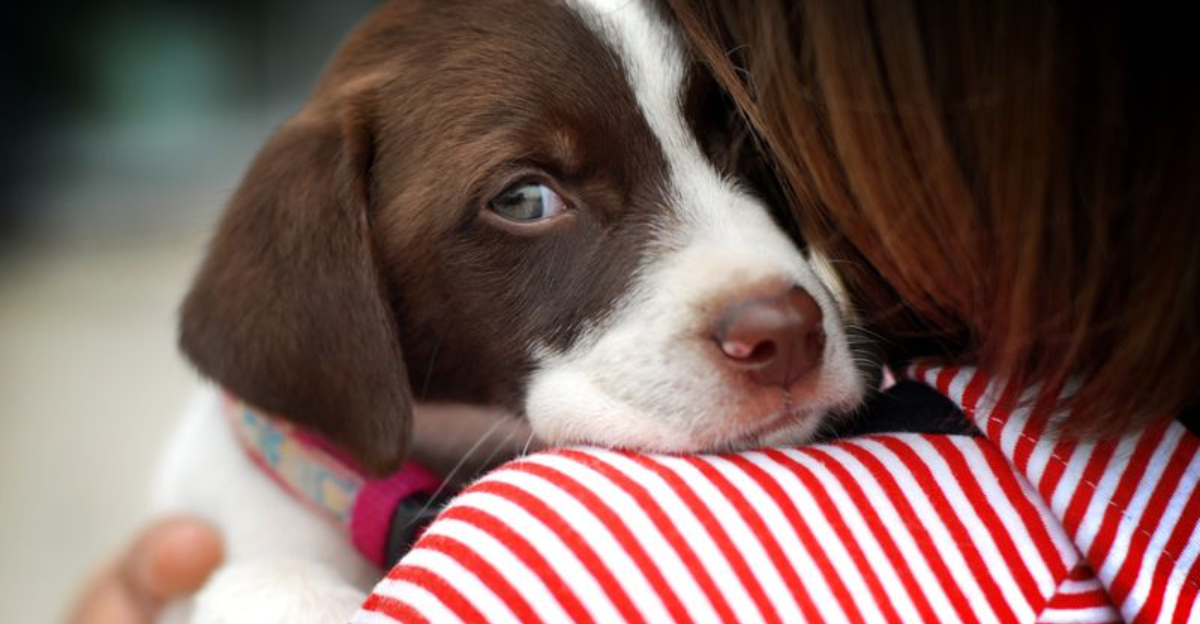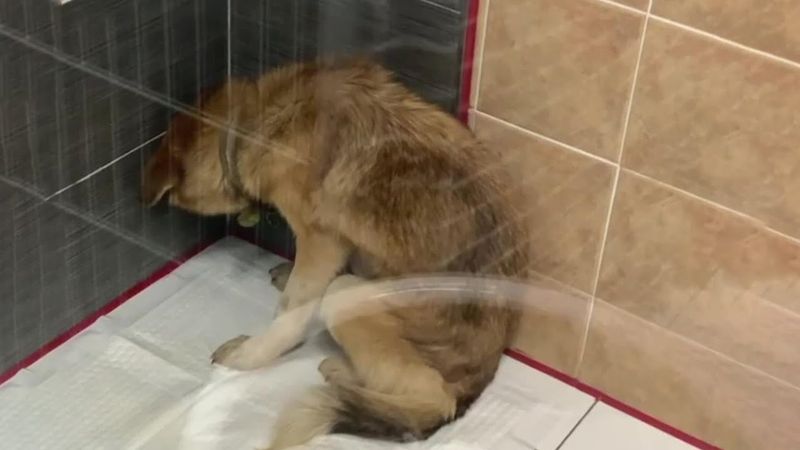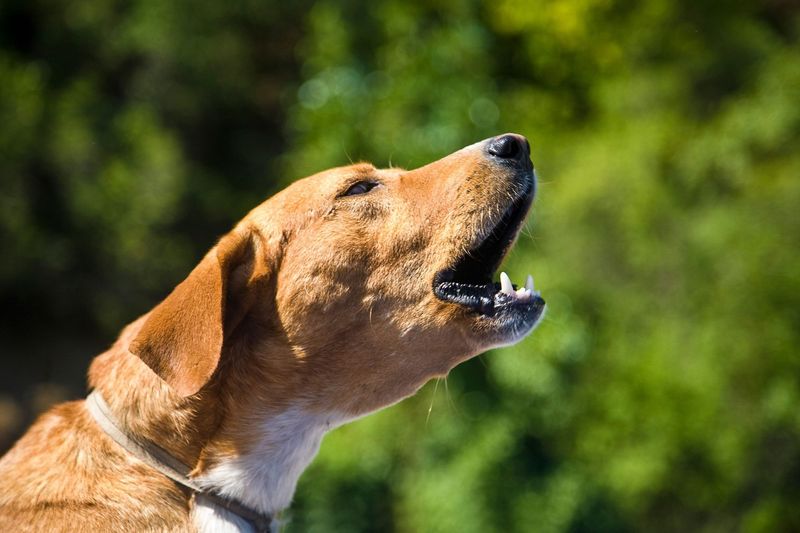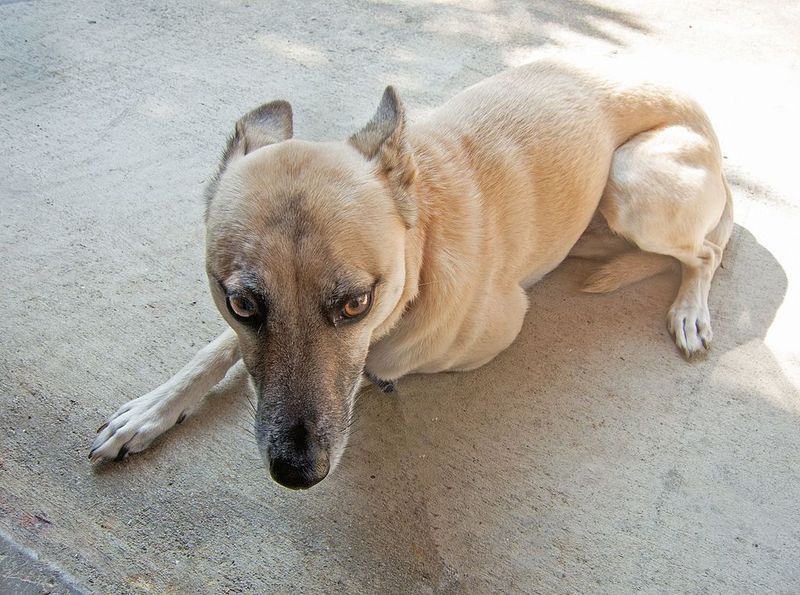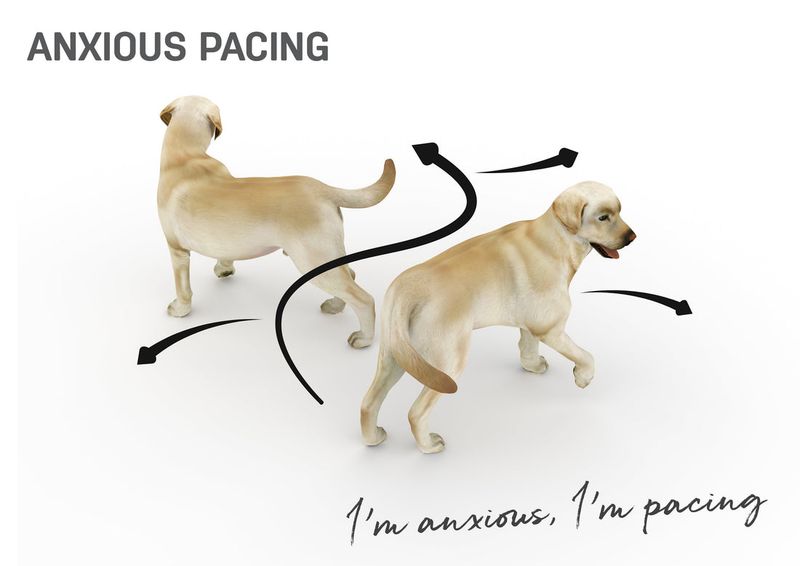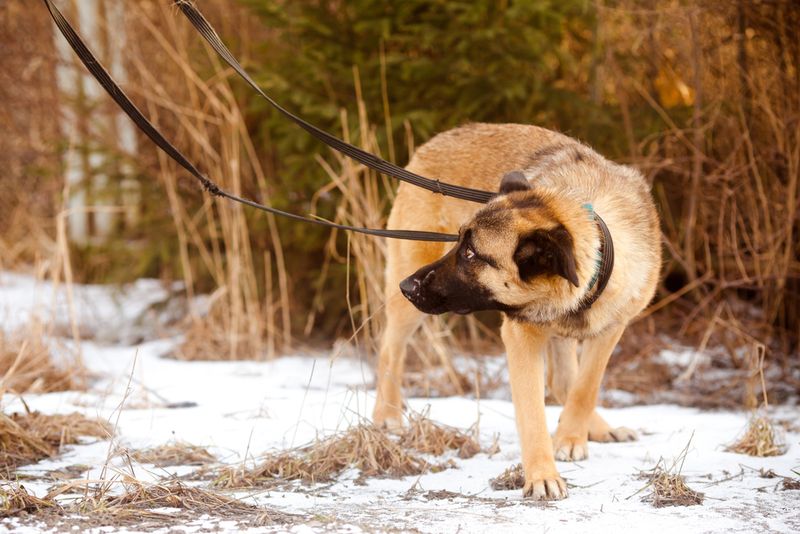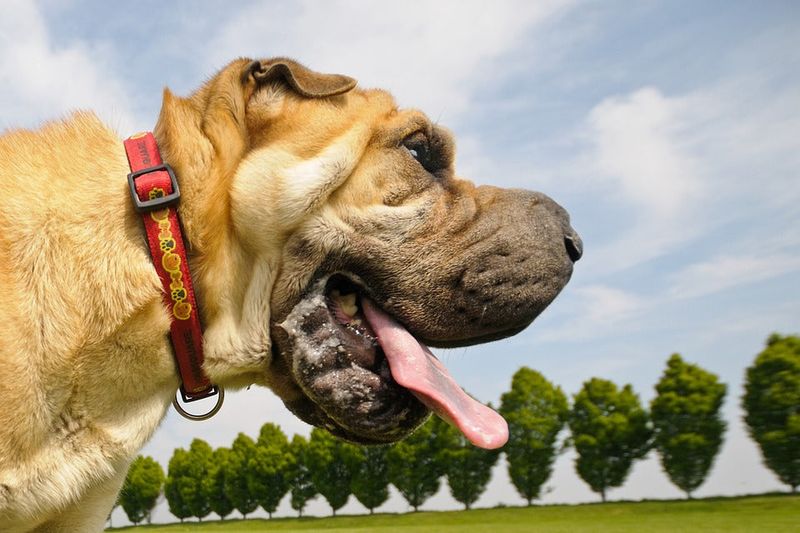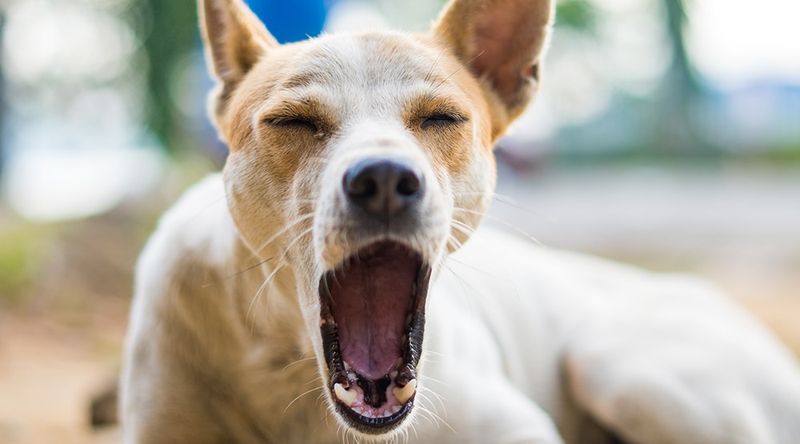Dogs, much like humans, can experience fear and anxiety. Their reactions to these emotions can vary widely, depending on their personality, past experiences, and the nature of the threat. This article explores ten distinct ways that dogs may react when they feel scared, providing insights into their behavior. From seeking comfort in their owner’s embrace to finding a secluded spot to hide, each behavior offers a glimpse into the complex emotional world of our canine companions. Understanding these reactions can help pet owners provide the right support and reassurance to their furry friends.
Hiding in Corners
Some dogs choose solitude over companionship when fear strikes, finding refuge in the corners of a room. This instinctive behavior harks back to their wild ancestors, who sought hidden spaces to avoid predators. By tucking themselves away, they feel less exposed and more in control of their surroundings. It’s crucial for owners to respect this need for privacy, allowing their furry friends the space they require to process their emotions. A quiet corner or a dedicated safe zone can be a sanctuary for an anxious dog.
Excessive Barking
In the face of fear, some dogs become vocal, using barking as a means to express their discomfort. This behavior might seem aggressive, but it’s often rooted in anxiety and a desire to ward off perceived threats. By barking, dogs signal their distress and attempt to regain a sense of control over the situation. Understanding this vocalization helps owners address the underlying causes, whether it’s an unfamiliar sound or an unexpected visitor. Patience and reassurance can help calm their nerves.
Trembling and Shaking
Trembling is a physical manifestation of a dog’s fear, often accompanied by a lowered head and tucked tail. This involuntary response can be alarming to witness, as it highlights the intensity of their anxiety. Despite their vulnerability, dogs rely on their owners for comfort during these times. A calm presence and a reassuring tone can alleviate their distress, providing the stability they need. Observing their body language closely allows owners to offer timely support, ensuring their pet feels safe and secure.
Cuddling Up Close
A dog’s heartwarming response to fear can be as simple as nestling closer to their trusted human companion. When frightened, some dogs instinctively seek the warmth and comfort of a familiar lap. This behavior not only provides them with a sense of security but also strengthens the bond between them and their owner. In this cherished embrace, dogs find solace, reminding us of the profound connection shared between humans and their pets. A gentle pat or soothing word can work wonders, easing their anxiety and reinforcing their trust.
Whimpering and Whining
Whimpering is a dog’s way of vocalizing their unease, akin to a human’s cry for help. This plaintive sound often accompanies a fearful situation, and it’s a clear signal that they’re seeking reassurance. Paying attention to their whines can help owners identify and address the source of their pet’s distress. With patience and understanding, it’s possible to soothe their nerves, providing the comfort they desperately seek. Responding to their cries with empathy fosters a trusting relationship, crucial during anxious moments.
Tail Tucking
Tail tucking is one of the most recognizable signs of canine fear, signaling submission and anxiety. When a dog feels threatened, tucking their tail between their legs reduces their silhouette, making them appear smaller and less confrontational. This instinctive reaction helps them avoid unwanted attention from potential threats. For owners, recognizing this body language is essential in assessing their pet’s emotional state. Providing a comforting presence and avoiding any abrupt movements can help alleviate their fear.
Pacing Back and Forth
Pacing is a common anxiety-driven behavior in dogs, often seen when they’re faced with uncertainty or fear. The repetitive motion helps them cope with stress, acting as a self-soothing mechanism. While it might indicate unease, it also provides insight into their emotional state. Owners can assist by offering distractions or engaging them in calming activities. Understanding that pacing is a dog’s way of processing their emotions allows for more effective support and intervention.
Freezing in Place
Like a statue in a moment of alarm, some dogs respond to fear by freezing. This reaction is a primal defense mechanism, making them appear less noticeable to potential threats. When faced with sudden fear, their body stiffens, and they remain motionless, assessing their environment before deciding on the next move. For owners, recognizing this behavior is key to understanding their dog’s emotional well-being. Offering gentle encouragement and a calm voice can help ease their tension, guiding them back to a relaxed state.
Drooling
Excessive drooling can indicate a dog’s apprehension, often triggered by stress or fear. This physiological response is not just about salivation; it’s a marker of emotional distress. Observing such signs requires sensitivity from the owner, who should aim to identify and mitigate the trigger. By creating a calm environment and offering reassurance, it’s possible to help alleviate their anxiety. Recognizing drooling as a sign of fear allows for timely intervention, ensuring the dog’s comfort and safety.
Yawning
While yawning is usually associated with tiredness, in dogs, it can also signal stress or fear. This seemingly mundane action is a calming signal, helping them cope with overwhelming emotions. By yawning, dogs attempt to manage their anxiety, providing a momentary respite from their apprehension. Owners should be attentive to this subtle cue, responding with reassurance to help their pet relax. Understanding that yawning can reflect fear encourages a supportive approach, fostering a sense of security.
